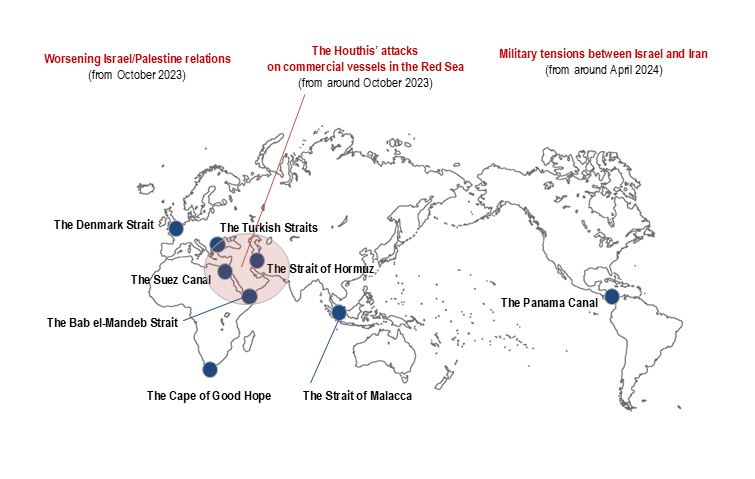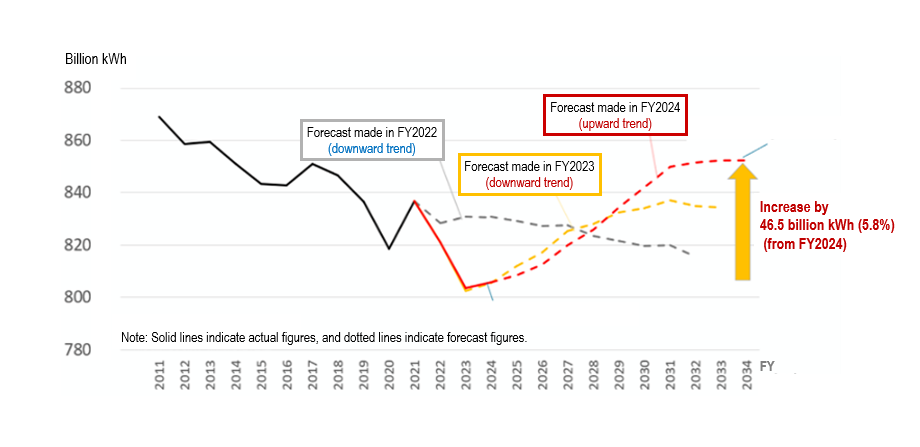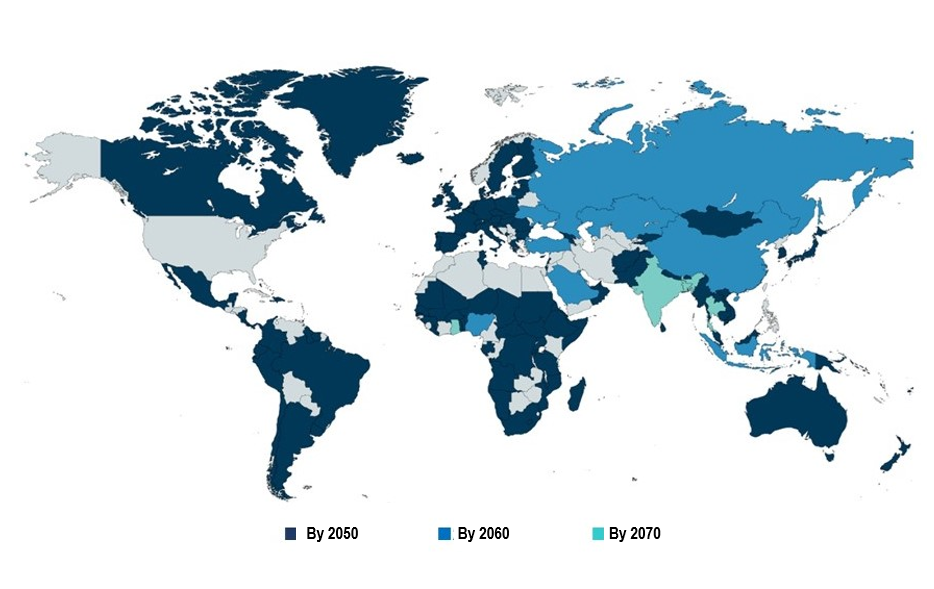A Detailed Outline of the Latest Strategic Energy Plan
Insights into Japan’s Energy in a Drastically Changing World (Part 1)
(Provisional translation)
(English ver.) 2025-08-22

Diverse events are unfolding around the world and the situation regarding energy is changing from moment to moment. Under such circumstances, insights into how Japan’s energy policy is being designed are essential. The Government of Japan formulates the Strategic Energy Plan to show the direction of Japan’s energy policy. On February 18, 2025, a Cabinet decision was made on the latest 7th Strategic Energy Plan, which highlights the issues Japan is facing in terms of energy. It also sets out policies necessary to overcome these challenges.
As the world’s energy situation changes drastically, what are the characteristics of the 7th Strategic Energy Plan?
The Strategic Energy Plan is reviewed at least every three years and is revised if it is considered necessary to reflect the latest energy issues. The energy situation affecting Japan has changed substantially since the last 6th Strategic Energy Plan was approved by the Cabinet in October 2021.
Change 1: A stable supply of energy has come to the fore from the viewpoint of economic security
The world’s energy situation has undergone a complete change since Russia’s aggression against Ukraine started in February 2022. European countries, which had been heavily dependent on energy imports from Russia, announced a policy to quit their reliance on Russian gas, leading to a severe short-term supply/demand imbalance. As a result, gas prices hit historical highs, not only in the European market but also in the Asian LNG market.
Asian LNG prices
 2022 average prices increased sixfold compared with those around 2019.
2022 average prices increased sixfold compared with those around 2019.
The Middle East situation has also changed substantially due to worsening relations between Israel and Palestine as well as heightening military tensions between Israel and Iran. A number of strategically important sea routes (choke points) exist in the Middle East. As Japan depends on the Middle East for more than 90% of its crude oil requirements, any disruption there could have a critical impact on the energy security of Japan.
Global choke points and the tense situation in the Middle East
 Choke points are indicated by blue circles.
Choke points are indicated by blue circles.
(Source) Created by METI based on the Energy White Paper 2023
Change 2: Demand for electricity is expected to increase in line with the advancement of DX and GX
Electricity demand in Japan has been on a downward trend due to energy conservation/efficiency improvement and falling population numbers for about 20 years. However, it is expected to take an upward turn in line with the advancement of DX (digital transformation), such as the new construction or expansion of data centers and chip factories. A substantial increase in electricity demand will also be brought about by the implementation of GX (green transformation), such as the popularization of electrified vehicles and industrial electrification with energy sources switching to electricity.
The electricity demand outlook published annually by the Organization for Cross-regional Coordination of Transmission Operators, Japan (OCCTO) forecasts overall electricity demand to be on an upward trend over the next ten years.
National electricity demand outlook
 (Source) Created by ANRE based on the Outlook for National and Regional Electricity Demand published by the OCCTO
(Source) Created by ANRE based on the Outlook for National and Regional Electricity Demand published by the OCCTO
DX advancing in our daily life

Change 3: While keeping ambitious targets for achieving net zero, each country is exploring diverse and realistic approaches.
As of February 2025, 146 countries and regions have agreed with the principle of achieving carbon neutrality (CN) and have set a target year, including Japan’s declaration of its intention to achieve CN by 2050.
Countries and regions that have agreed with the principle of achieving carbon neutrality with a target year (as of February 2025)
 (Source) Created by METI based on the websites of respective countries, the UNFCCC NDC Registry, long-term strategies, World Bank database, and other data
(Source) Created by METI based on the websites of respective countries, the UNFCCC NDC Registry, long-term strategies, World Bank database, and other data
However, as pointed out at COP28 in 2023, the Parties are not yet collectively on track towards the goal of limiting global warming to 1.5°C.
Under such circumstances, each country is pursuing diverse and realistic approaches while keeping their ambitious targets.
Change 4: Major countries across the world are strengthening industrial policy to link structural changes in energy with economic growth.
In European countries, the United States, and elsewhere across the world, governments are strengthening policies to link energy transition movements toward net zero at home and abroad with their countries’ industrial competitiveness by simultaneously bolstering climate change countermeasures and industrial policy measures. For instance, the EU announced the Green Deal Industrial Plan in February 2023 to support Europe’s green industry.
Alongside these global movements, it is necessary for Japan to formulate energy policy and industrial policy in an integrated manner.
What policy is needed to achieve multiple goals, such as a stable supply of energy, economic growth, and decarbonization?
The 7th Strategic Energy Plan, based on the changes described above, was presented in conjunction with the GX 2040 Vision which was designed for the public and private sectors to share the medium- to long-term direction of efforts toward GX.
The 7th Strategic Energy Plan maintains the principle of S+3E, which refers to safety, energy security, economic efficiency, and the environment.
Basic Energy Policy S+3E

Japan is a country with limited readily exploitable natural resources. It also has geological constraints, characterized by a geography of mountainous territory surrounded by deep waters. The Plan states that from the perspective of simultaneously achieving a stable supply of energy and decarbonization, Japan will promote the maximum introduction of renewable energy as a major power source, and also aim to create a well-balanced power source mix without overly relying on any specific power source or fuel source.
Furthermore, it is crucial to achieve an energy supply and demand structure capable of withstanding an energy crisis. To this end, the Plan stresses the importance of energy efficiency improvement and fuel conversion in the industrial sector, as well as the maximum utilization of non-fossil energy, such as renewables and nuclear energy.
Part 1 of this article, as above, has presented the broad direction of the 7th Strategic Energy Plan. Part 2 will explain policies outlined for the respective fields.
Divisions in Charge
About this article
Energy Strategy Office, Commissioner’s Secretariat, ANRE
About the Special Contents
Research and Public Relations Office, Commissioner’s Secretariat, ANRE
![]() The original Japanese text of this article; Click here
The original Japanese text of this article; Click here